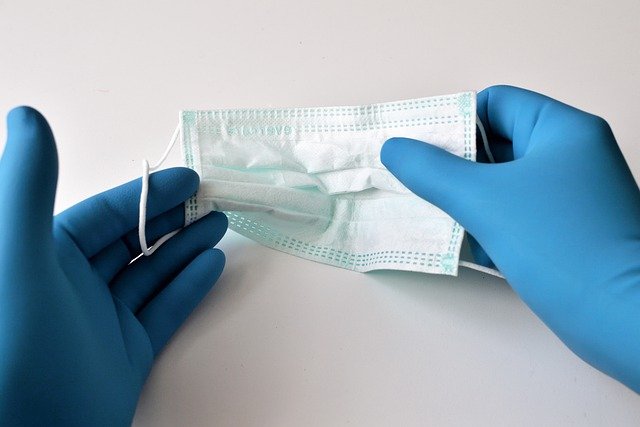
The Occupational Safety and Health Administration’s (OSHA) Recordkeeping Rule exempts employers with 10 or fewer employees from recording non-serious workplace injuries and illnesses, however, all employers of any size are required to comply with all applicable OSHA regulations. “All applicable OSHA regulations” refers to either federal OSHA regulations or “State Plan” regulations. Currently, there are 22 states that are approved by OSHA to administer their own, state-specific, worker safety and health plans, which apply to private sector companies (including small businesses, as well as state and local governments).
Small business owners that are one-person operations, or without any employees are not required to adhere to OSHA regulations for employers. Although not mandated, these small business owners should, where applicable, still follow the regulations to keep themselves safe while working. There is always potential for workplace accidents to occur in any workplace. Following OSHA’s regulations helps curtail that potential.
OSHA estimates that complying with Lockout/Tagout (LOTO) saves approximately 120 lives and prevents around 50,000 injuries each year. Thus, non-compliance with LOTO continues to make OSHA’s top 10 list of the most violated regulations for nearly every year that OSHA has been publishing the list.
Lockout/Tagout
OSHA defines “hazardous energy” as any source of energy that can be hazardous to employees, including but not limited to electrical, mechanical, hydraulic, pneumatic, chemical, and thermal sources of energy. OSHA’s federal and state Lockout/Tagout regulations describe preventative measures employers should implement in order to protect employees from the accidental start-up of machines and equipment during servicing and maintenance, either from human error or residual energy. OSHA’s Lockout/Tagout Fact Sheet describes the practices and procedures necessary to disable machinery or equipment to prevent hazardous energy release.
Not following LOTO protective measures can result in thermal burn accidents that can cause severe injuries and even death. Lack of LOTO electrical energy controls can result in severe shock and electrocution. Uncontrolled mechanical energy can result in amputations and fatalities. Utilizing LOTO protective measures can save many lives and prevent numerous injuries.
Accidents can be unexpected and are unintentional, but they do happen, even in small businesses. Therefore, small business owners should adopt protective measures like LOTO to ensure safety in the workplace. It may involve some costs and effort, but safety is always good business.
Click here, for additional resources relating to Lockout/Tagout.









